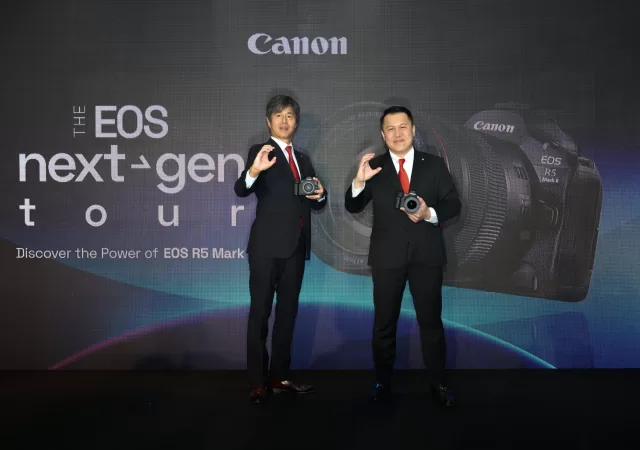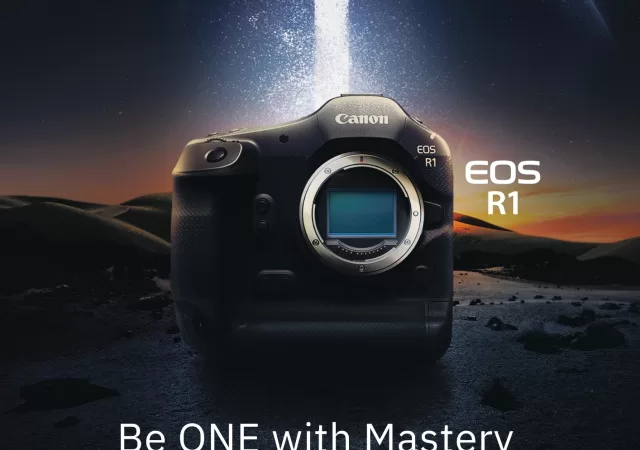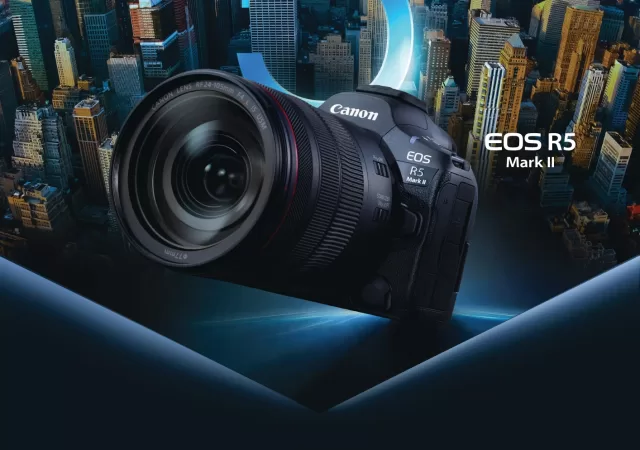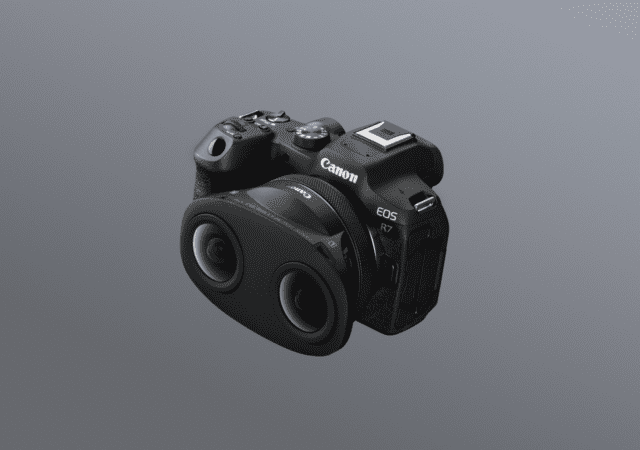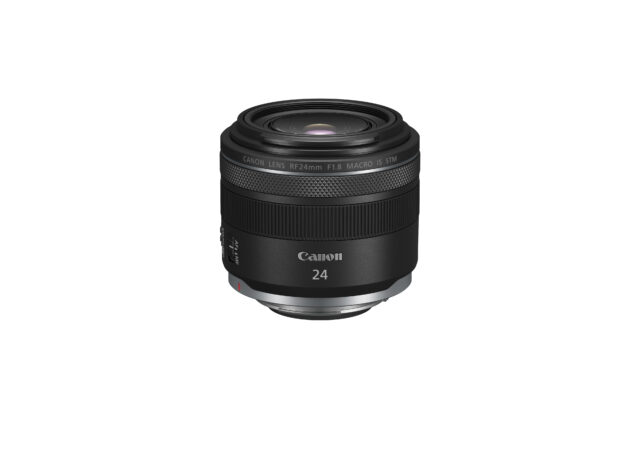Canon’s new PIXMA TS7770 brings a lot to the table as an all-in-one printer capable of printing photos at high resolution and quality but is it worth the investment?
Canon Ignites Creativity with EOS Next Gen Tour 2024 Featuring EOS R5 Mark II
Don’t miss the EOS Next Gen Tour 2024 in Malaysia! Get a firsthand look at Canon’s EOS R5 Mark II and witness its exceptional image quality and performance.
Canon Unveils the EOS R1: A Masterful Fusion of Speed and Intelligence
Canon unveils its first mirrorless flagship camera – the EOS R1. The new camera brings an advanced package designed to empower expert photographers.
Canon Unveils the EOS R5 Mark II Packed with New Features for Content Creation
Canon has taken the veils off its latest EOS R5 Mark II mirrorless camera that brings even more content creation features to your fingertips.
Canon Releases the RF-S3.9mm f/3.5 STM Dual Fisheye Lens For VR Content Creation
Canon announces a new lens built for creating VR content. The new Canon RF-S3.9mm f/3.5 STM lens allows creators to create VR content with Canon’s EOS cameras.
Canon Marketing Malaysia Announces New Strategic Leadership
Canon Marketing Malaysia has announced changes to its strategic leadership, set to take effect on 2 January 2024. These appointments are poised to drive growth and foster innovation in the Malaysian market. Masato Yoshiie Assumes Role of President and CEO…
Canon Launches E-Store & Brings the Shopping to You
Hold on to your cameras, photographers! Canon Malaysia has just announced the launch of its brand-new E-Store and is giving away special offers of up to 43% off until 25 August 2023. The launch of the E-Store means you can…
Canon EOS R100 is Launched – Could be Your First Mirrorless Experience
Canon releases their latest EOS R100, their most affordable and compact EOS R mirrorless camera to date at MYR 2,379.
Canon Announces the CanonSELPHY CP1500 Compact Photo Printer
Canon has announced the Canon SELPHY CP1500, a new compact photo printer that will allow you to seamlessly print your photos on the go.
More Mirrorless Goodness from Canon with new RF Lenses
Canon RF lens family just got bigger and now up to 30 lenses in selection with new RF24mm f/1.8 MACRO IS STM and RF15-30mm f/45.-6.3 IS STM.




